Waste Watchers: Municipal Recycling Waste Sorting and Refining Facility
Overview
The Waste Watchers team worked with the recycling facility research from last semester to develop a comprehensive waste sorting facility and machine process to be implemented in Jefferson County, Colorado. This is a large project that will ultimately propose a full materials recovery facility (MRF) with the ability to receive single stream, residential, recyclable waste. This waste will consist of glass, paper, cardboard, plastic, and metal items that will be both sorted and processed under one roof. This is not something that is currently available in the industry but will help cut down immensely on transportation costs and emissions. For our scope, we focused on the sorting machine line, worker safety, site layout and design, and eliminating contaminates. We will be passing the processing portion of this facility to a future senior design team.
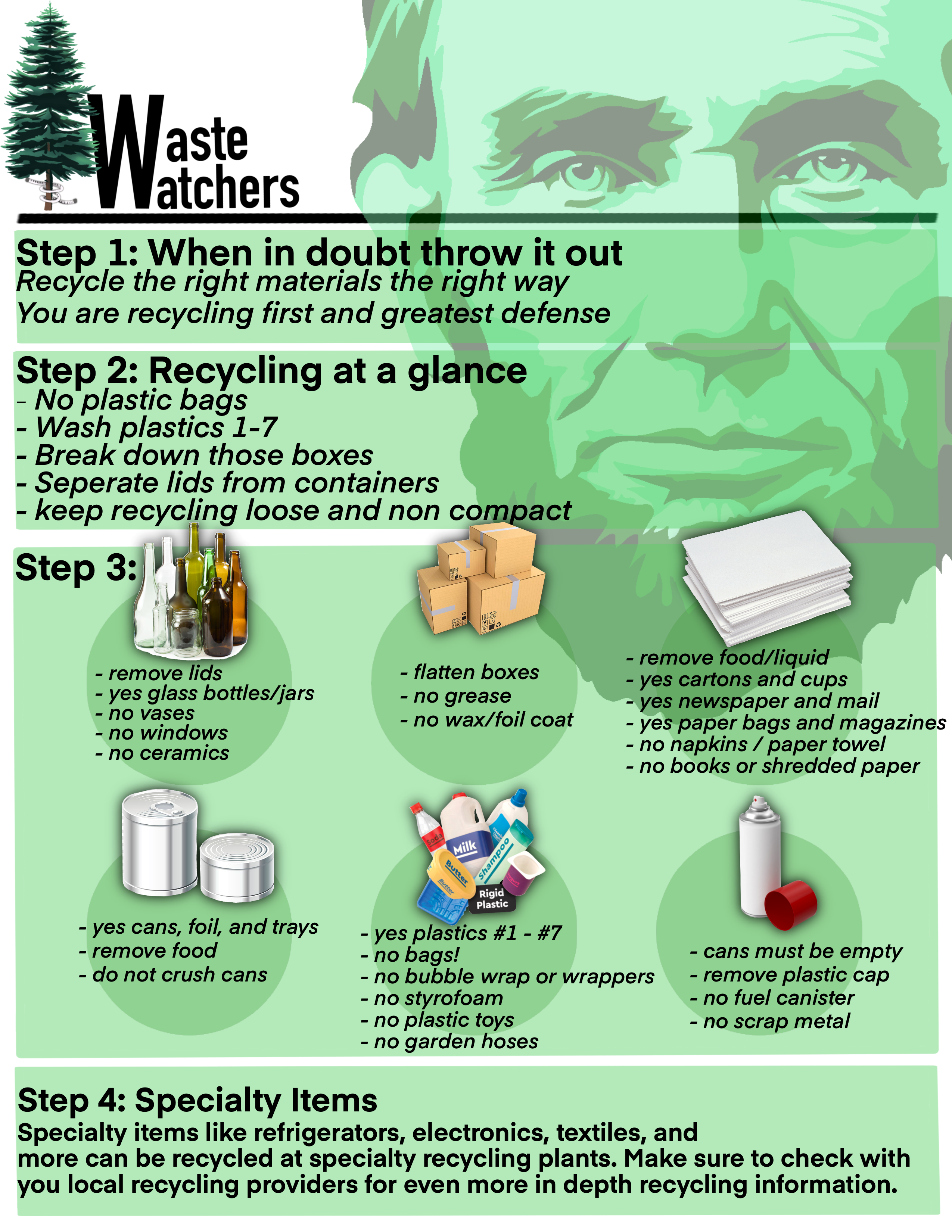
Live Zoom Chat
Use the link below to join us live from 8:00 – 10:30 a.m. on April 29th.
Join from PC, Mac, Linux, iOS or Android: https://mines.zoom.us/j/93948621793
Or iPhone one-tap: 16699006833,93948621793# or 12532158782,93948621793#
Or Telephone:
Dial: +1 669 900 6833 (US Toll) or +1 253 215 8782 (US Toll)
Meeting ID: 939 4862 1793
Team Members
- Mason Baker
- Matthew Diliberto
- Julia Hylton
- Kate Jones
- Olivia Kovar
- Kai Sakimoto
- Anderson Salisbury
- Ryan Velasquez
The Client
- John Persichetti
Acknowledgements
Project Advisor: Prof. David Grimm
Technical Advisor: Prof. David Grimm
Special Thanks to: Boulder County MRF, WasteManagement
elevator pitch Video
Design Approach
The team first needed to define a specific project given the broad prompt. To do this, the team started the project with research in order to become familiar with various recycling techniques around the world and what the current issues are in the United States. We researched all of the recycling materials and the most efficient way to recycle them, as well as contaminant materials such as styrofoam, electronics, and hazardous waste. We also analyzed various community access options for the MRF such as a drop-off area and a buy-back center.
We then began stakeholder engagement by sending out a survey to friends and family to learn more about how they recycle and their knowledge of recycling. We used these results to aid our decision in determining whether our facility should be single, dual, or multi-stream and to create an infographic detailing what and what not to recycle. The team used the research and engagement to define the focus on sorting for this project.
Next, the team began researching various sorting equipment and the pros and cons of each. A design matrix was created and completed to determine which machines will be the most efficient and best suited for our MRF. Other avenues of sorting without machinery were also explored. This included solely manual sorting and sorting plastics in water. Concept validation tests were completed to understand the efficiency and feasibility of these techniques.
Before finalizing the sorting machines and overall process, the team contacted several recycling facilities in and around Denver. We were able to see current sorting processes at a few facilities through videos. We were also able to get a zoom call with the tour guide for the Boulder County MRF. We used the videos and the zoom call to answer any questions that came up during our research.
Next, we determined the layout of the machinery within the facility as well as the site layout for the MRF. Various iterations of CAD drawings were used to determine the most space-efficient layout. The team adopted Jefferson County, Colorado for the MRF and calculated the daily processing volume. Various calculations were completed on fire requirements, water requirements, power requirements for the equipment, and personnel restrictions for the MRF.
An FMEA, or risk assessment, was completed for the MRF as well as an appropriate maintenance schedule to keep the machines clog-free and up and running as much as possible. A safety plan was also completed to ensure safe practices at the MRF at all times. Finally, an interactive model was used to determine the movement of facility workers around the machines.
Design Solution
The sorting process begins with the waste that is loaded onto the tip floor with dump trucks. The material is taken directly to the initial conveyor by a front-end loader where it is transferred to a declined trommel screen. The purpose of the trommel screen is to evenly spread out the waste into a single layer so there is a consistent flow of material into each piece of machinery. From the trommel screen, material then falls onto a conveyor belt where workers stand ready to remove bags that are full of material.
After any bags with recyclable material are open or removed, the material will then travel to the end of the conveyor where a splitter will equally separate the material into two lights-out machines. These machines are responsible for separating the waste based on weight with two lights-out machines being used to meet the capacity needs of the building. This machinery separates material into three fractions early in the process. Initially, the heavy material falls through the machine onto a separate conveyor that connects both machines. The heavy material is assumed to be primarily glass with some contaminants, such as larger containers and large pieces of cardboard. This heavy material will travel to the star screen where glass will be broken and removed from the sorting process. The rest of the material will continue to travel across the top of the star screen and fall onto a conveyor belt where it will merge with the medium-weight material from the lights-out machine once again. While the heavy material falls to the bottom of the lights-out machine, light/medium weight material gets blown onto a separate conveyor. The lights-out machine also has a duct system connected to a vacuum where the plastic film will be removed from the process and stored for further processing. The majority of the material being processed in the machine will be medium weight (plastic, paper, cardboard, and metals) which will be transferred onto a conveyor moving towards a nearby OCC screen.
In addition, a team of workers will be present between the lights-out machines and the OCC screen to act as a safety precaution to remove any plastic bags that unintentionally make it through the sorting process line. The OCC screen also has safety features against plastic bags, including wider spaces between the rotating disks allowing all material to fall through the openings except for the cardboard that moves across the top. The cardboard is then piled for further processing and the rest of the material will fall onto a conveyor that leads the material to the Ballistic Separator.
The Ballistic Separator isolates material by their dimensions. The 2D material (paper) travels to the top where it gets piled for further processing. The 3D material (plastic containers and metal) falls onto a conveyor that transfers the waste to a magnet that hangs over the conveyor and removes and distributes all ferrous material (steel) onto a separate conveyor or into a pile to be processed. The magnet has its own small conveyor that allows it to continuously remove material from the flow of waste. The rest of the material (plastic, containers, and non-ferrous metals) moves toward the Eddy Current.
The Eddy Current separator removes all non-ferrous metals (aluminum) because it interacts with the material properties via electromagnetism and more specifically using an Eddy current. This machine shoots the non-ferrous material into a bin or onto another conveyor for further processing. All other material travels to the nearby optical sorters.
The Optical Sorters need to have two identical processes working in conjunction with each other to finish sorting plastics. Two identical processes are used because of the excess amount of material expected. The conveyor that connects from the Eddy Current to the Optical Sorters needs to have a splitter that allows half of the material to fall onto one Optical Sorting line and one onto the other. The first Optical Sorter will remove non-plastic containers from the system. Recycling numbers 1, 2, and 3 will be separated and placed onto a conveyor while 4, 5, 6, and 7 are placed onto another conveyor. The conveyor with plastic numbers 1, 2, and 3 will go into another Optical Sorter that will separate recycling numbers 1, 2, and 3 into their own respective bins. The conveyor with recycling numbers 4, 5, 6, and 7 will go into an Optical Sorter that will remove all number 7 plastics. The last Optical Sorter will separate recycle numbers 4, 5, and 6 into their respective bins. All material has now been separated into their various material types and will travel further down their processing lines where they will be made into recycled material ready to be sent off to manufacturers to be made into new materials.
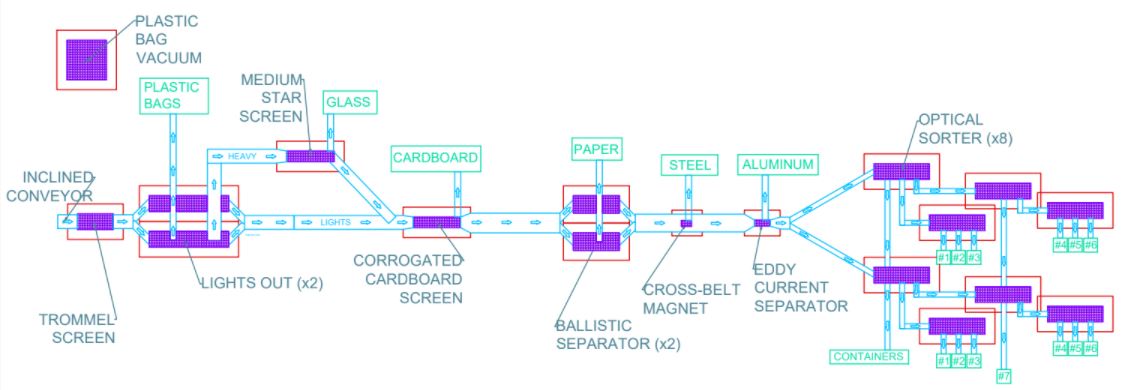
Next Steps
As a team, we focused solely on the sorting portion of the MRF. The processing part of the MRF will need to be continued by teams in the coming years. Ideally, these teams will be able to tour local MRFs in person and get a better understanding of the ins and outs of a recycling facility from the beginning of the project.
Currently, our solution does not have plans to be implemented in the designs of a new MRF. If it were to be implemented, the site layout shape, size, and specifications will need to be altered to fit the designated plot of land and local codes. Also, the sorting process should be tested to fine-tune any changes that need to happen within the process for it to work as intended. With a lack of access to the sorting machinery, the team was unable to do this themselves.
Meet the Team
Julia Hylton
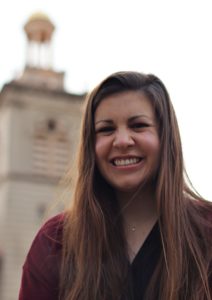 Hi! I am a graduating senior in the Civil Engineering department, continuing on to do my graduate studies in the Materials Science department at Mines. I was born and raised in the beautiful state of Colorado and enjoy hiking and skiing as often as I can.
Hi! I am a graduating senior in the Civil Engineering department, continuing on to do my graduate studies in the Materials Science department at Mines. I was born and raised in the beautiful state of Colorado and enjoy hiking and skiing as often as I can.
It was such a privilege to work with this team over the last 8 months while we all faced new challenges together. I know all of us are better for having this design experience and are better prepared to enter the workplace as new engineers!
Matthew Diliberto
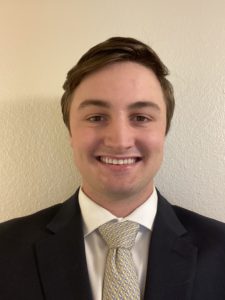 Born and raised in Clearwater, FL. I am a senior that will be graduating after this semester with a Bachelor’s in Civil Engineering. My hobbies include snowboarding, playing hockey, golfing, or going on hikes with my two dogs.
Born and raised in Clearwater, FL. I am a senior that will be graduating after this semester with a Bachelor’s in Civil Engineering. My hobbies include snowboarding, playing hockey, golfing, or going on hikes with my two dogs.
Kate Jones
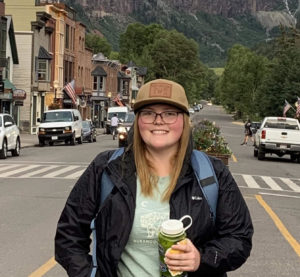 Hi I’m Kate Jones and I’m majoring in Civil Engineering and will graduate this May. I am planning to go into the transportation industry with an emphasis on bridge design. I enjoyed working on this project and found it helpful to work with mechanical engineers to solve common bottlenecks in recycling.
Hi I’m Kate Jones and I’m majoring in Civil Engineering and will graduate this May. I am planning to go into the transportation industry with an emphasis on bridge design. I enjoyed working on this project and found it helpful to work with mechanical engineers to solve common bottlenecks in recycling.
Ryan Velasquez
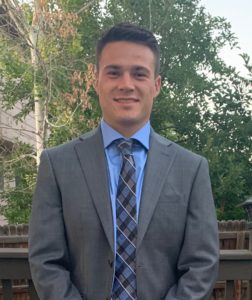 I am from Denver, CO where I have lived for nearly 24 years. I am completing my B.S. in Mechanical Engineering and an intern at Origin Engineering, where I will continue to work full time after graduation. I am excited to take what I have learned here at Colorado School of Mines and continue learning and gaining real-world experience.
I am from Denver, CO where I have lived for nearly 24 years. I am completing my B.S. in Mechanical Engineering and an intern at Origin Engineering, where I will continue to work full time after graduation. I am excited to take what I have learned here at Colorado School of Mines and continue learning and gaining real-world experience.
Kai Sakimoto
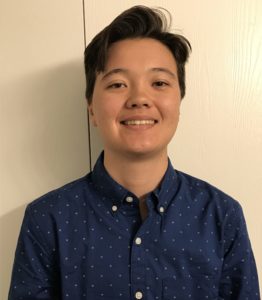 Graduating senior in mechanical engineering. Grew up in the permacloud that is northern Indiana. Now happily living in Colorado enjoying the outdoors. Usually stressed, often caffeinated, always working out. Excited to pursue newfound passions post-graduation.
Graduating senior in mechanical engineering. Grew up in the permacloud that is northern Indiana. Now happily living in Colorado enjoying the outdoors. Usually stressed, often caffeinated, always working out. Excited to pursue newfound passions post-graduation.
Olivia Kovar

Howdy! My name is Olivia Kovar and I was born and raised in Austin, Texas before moving to Colorado for school. I will be graduating with a BS in Mechanical Engineering this May and will begin working with a manufacturing company soon after! In my free time, I enjoy snow skiing, hiking, exploring cities, and spending time with friends and family. I’ve had a lot of fun in Colorado and have learned a lot, including how to drive in snow!
Anderson Salisbury
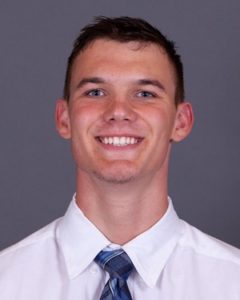 Hello, my name is Anderson Salisbury and I am a mechanical engineer working on the municipal waste recycling facility project. I am graduating in May 2021 with an undergraduate degree in mechanical engineering. I will be sticking around next year to complete a one-year master’s degree in robotics in automation.
Hello, my name is Anderson Salisbury and I am a mechanical engineer working on the municipal waste recycling facility project. I am graduating in May 2021 with an undergraduate degree in mechanical engineering. I will be sticking around next year to complete a one-year master’s degree in robotics in automation.
Mason Baker
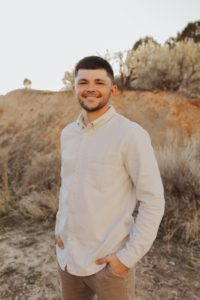 I was born in Australia and grew up in Southeast Idaho. I am finishing up my bachelor’s in Mechanical Engineering with a minor in Economics. During my career at Mines, I also played on the men’s basketball team. After graduation, I plan to work for Kiewit as a field/office engineer in their Cherne District. While working on this project, I have served as the glass research lead and a team member in the mechanical design group.
I was born in Australia and grew up in Southeast Idaho. I am finishing up my bachelor’s in Mechanical Engineering with a minor in Economics. During my career at Mines, I also played on the men’s basketball team. After graduation, I plan to work for Kiewit as a field/office engineer in their Cherne District. While working on this project, I have served as the glass research lead and a team member in the mechanical design group.


